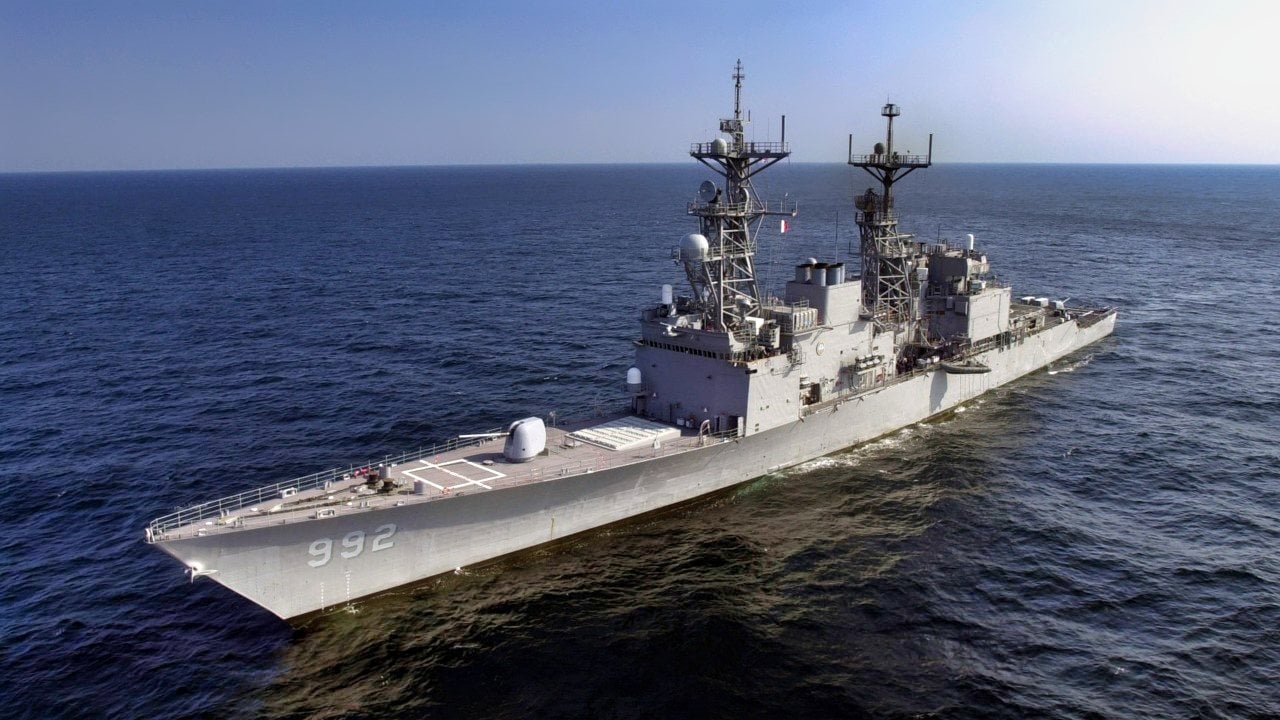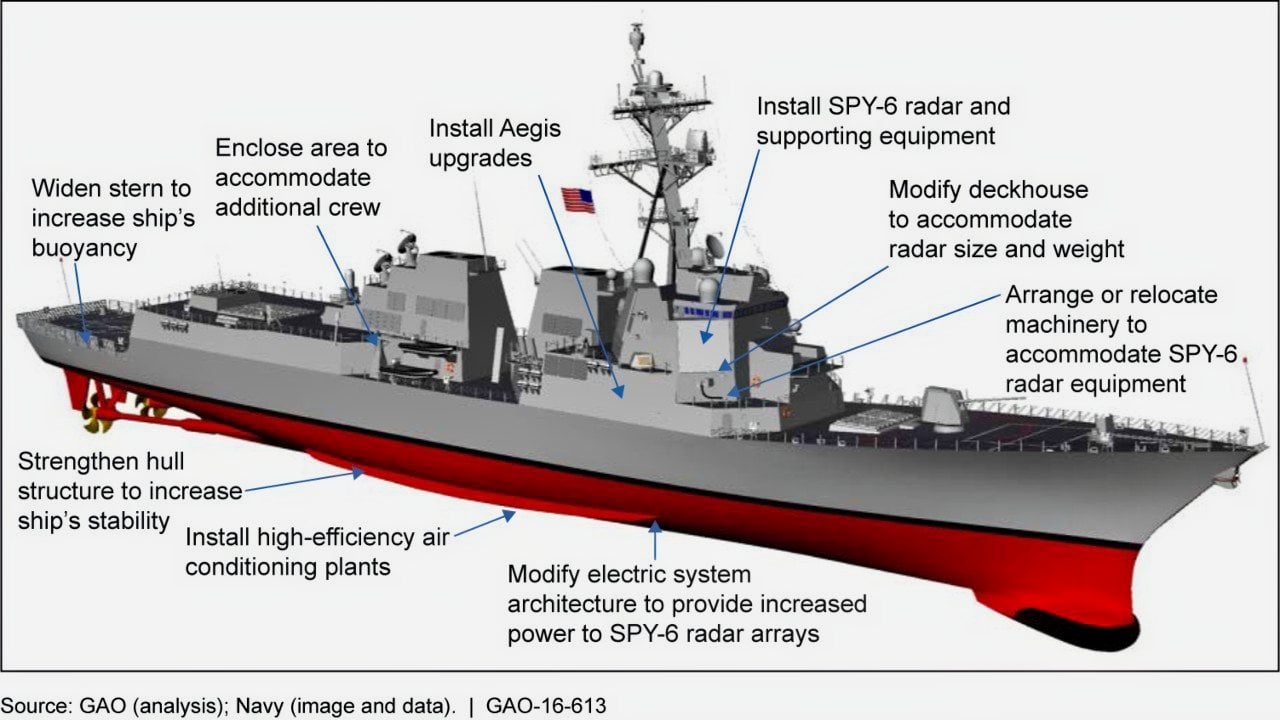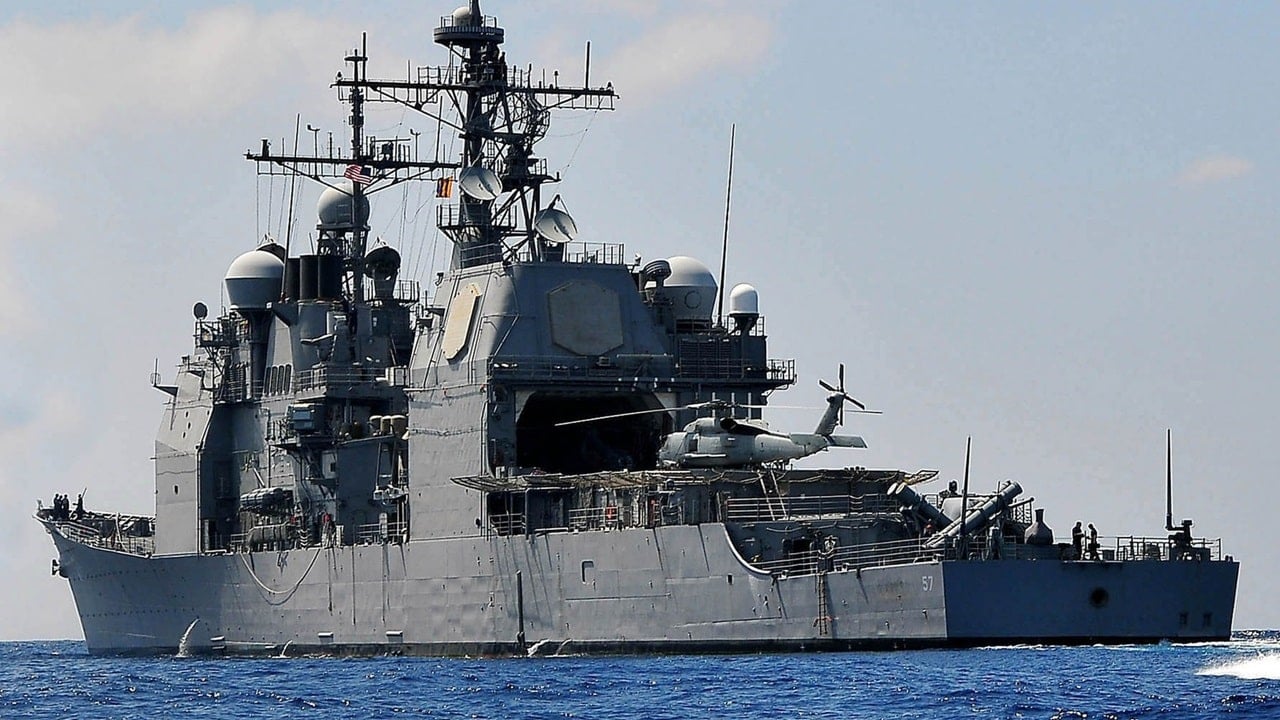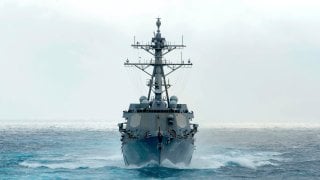The Navy's DDG(X) Destroyer Has One Clear Mission
The U.S. Navy is cautiously advancing with the design of its future guided-missile destroyer, the DDG(X), with Navy officials spearheading the design and feasibility efforts.
Summary: The U.S. Navy is cautiously advancing with the design of its future guided-missile destroyer, the DDG(X), with U.S. Navy officials spearheading the design and feasibility efforts.

The mission for right now going into the next few years seems clear for the Navy: following previous naval procurement setbacks, such as the Zumwalt-class destroyer and the Littoral Combat Ship programs, the Navy aims to avoid similar mistakes with the DDG(X) program.
The Future of Naval Power: Inside the U.S. Navy's DDG(X) Program
Months back, it was reported that Gibbs and Cox, a U.S. naval architecture firm and Leidos subsidiary, will continue its design and feasibility efforts for the United States Navy's future guided-missile destroyer, DDG(X). According to a report from Naval-Technology, the Department of Defense (DoD) awarded the company another contract modification worth $36.7m – and it came a year after an earlier modification valued at $39.6m for the same services.
The U.S. Navy is certainly being extra cautious with the design of the DDG(X), and it may have a lot on the line, as it doesn't want to make any mistakes this time around – especially after the fiascos that included its Zumwalt-class destroyer and Littoral Combat Ship (LCS) programs.
Each failed to deliver on their highly-touted promises, the former ended up as a huge hole in the water for the Navy's budget.
Originally, thirty-two Zumwalt-class destroyers were planned – with the $9.6 billion research and development (R&D) costs spread across the whole of the class – but the program was scaled back to two warships, and then was further cut back to seven and finally just three Zumwalt-class guided missile destroyers were produced for the U.S. Navy. That brought the price tag per ship to $7.5 billion including the R&D costs. As a result, the U.S. Navy reverted to building more of the proven Arleigh Burke-class destroyers.
The DDG(X) Marks the Spot
The DDG(X) program, designated PMS 460, was first initiated back in 2021 to develop a new class of warships that would replace the U.S. Navy's aging Ticonderoga-class cruisers and older Arleigh Burke-class destroyers, with the first vessels expected to enter service in the early 2030s.

However, the program is already running behind schedule, as the plan originally called for the U.S. Navy to procure the first ship in 2028. Given that design work is continuing, even a timeline of 2032 could seem rushed – and U.S. Navy officials are not rushing anything this go around.
As noted by Naval-Technology, the proposed fiscal year 2024 (FY24) budget request called for $187.4 million in research and development for the program.
The good news is that the service will be able to cut some corners in the future destroyer's development as the weapons and sensors will be similar to the Aegis combat system employed on the Arleigh Burke-class Flight III DDGs, while the propulsion for the DDG(X) could be based on the Integrated Power System employed on the U.S. Navy's three Zumwalt-class destroyers. That system of gas turbines drives a complex electrical grid, which powers electric motors to propel the ship. It offers an excessive margin for new sensors and weapons.
However, as noted by a Congressional Research Services report from last December, the U.S. Navy also seeks additional space, weight-carrying capacity, electrical power, and cooling capacity from the Flight III DDG 51 design. This could allow for the use of higher-power equipment and potentially even direct-energy weapons.
"The Navy states that the baseline DDG(X) design, like the Flight III DDG-51 design, is to include 96 standard Vertical Launch System (VLS) cells, with an ability to incorporate 12 large missile launch cells in place of 32 of the 96 standard VLS cells. It is also to include two 21-cell Rolling Airframe Missile (RAM) launchers and an ability to be built with an additional mid-body hull section, called the Destroyer Payload Module, that would provide additional payload capacity," the CRS report stated.

Additionally, the Navy has called for the DDG(X) to have reduced vulnerability from reduced infrared, acoustic, and underwater electromagnetic signatures.
The CRS report also questioned whether the DDG(X) would be more cost-effective than a lengthened DDG-51 and whether the sea service's budget permits the procurement of DDG(X)s in desired numbers while adequately funding other Navy programs. It also questioned whether the U.S. Navy has taken adequate steps to mature DDG(X) technologies and mitigate technical, schedule, and cost risks in the program – and can adequately transition from Arleigh Burke-class procurement to the DDG(X), including any impacts on the shipbuilding industrial base.
Another costly mistake could sink the U.S. Navy, so it will have to get everything right with the DDG(X).
Author Experience and Expertise: Peter Suciu
Peter Suciu is a Michigan-based writer. He has contributed to more than four dozen magazines, newspapers, and websites with over 3,200 published pieces over a twenty-year career in journalism. He regularly writes about military hardware, firearms history, cybersecurity, politics, and international affairs. Peter is also a Contributing Writer for Forbes and Clearance Jobs. You can follow him on Twitter: @PeterSuciu. You can email the author: [email protected].


